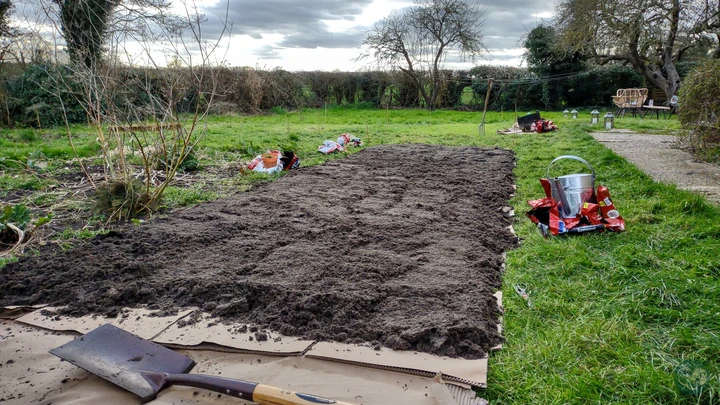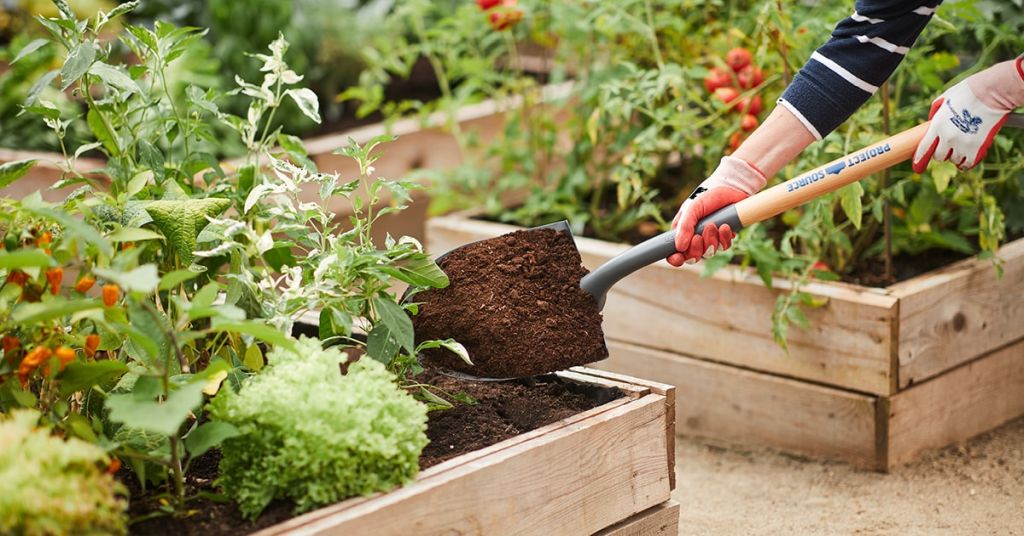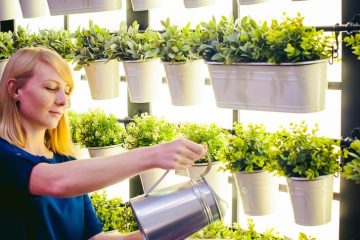How to Grow Your Own Organic Vegetables at Home

Have you ever dreamed of picking fresh, chemical-free vegetables straight from your own backyard? Whether you have a sprawling garden or just a sunny balcony, growing your own organic vegetables at home is easier and more rewarding than you might think. Not only will you enjoy the unbeatable taste of produce you’ve grown yourself, but you’ll also save money, reduce your environmental footprint, and take a big step toward a healthier lifestyle.
If you’re just starting out or looking for low-effort options, check out some of the best plants for indoor gardening like aloe vera or Boston fern—to get growing with confidence, even in small spaces.
Don’t worry if you’ve never grown anything before or think you don’t have enough space. Organic gardening is surprisingly beginner-friendly, and with a little guidance, you’ll soon have your very own supply of fresh, nutritious veggies. From tiny cherry tomatoes to crisp leafy greens, you’ll discover the joy of harvesting food that’s not only good for you but also kind to the planet. Let’s dig in and get growing!
Choosing the Perfect Spot for Your Garden
Selecting the right spot for your organic vegetable garden is the most important part. Start by looking for a location that gets plenty of sunlight. Most vegetables need at least 6-8 hours of direct sunlight daily in order to grow. Observe your space throughout the day to find areas that get consistent sunlight.
Next, consider the soil. Your garden will need well-draining, nutrient-rich soil for healthy plants. If you’re unsure about your soil’s quality, you can improve it by adding compost or organic matter. For those with less-than-ideal soil, raised beds or container gardening are great alternatives.
Accessibility is another important factor. Choose a spot easy to reach, so watering, weeding, and harvesting feel more like pleasure than a chore. If possible, position your garden near a water source to make irrigation simple.
Lastly, keep an eye on potential hazards like foot traffic or pests. Avoid placing your garden in areas that might be disturbed by pets, children, or wildlife. With the right spot, your garden will have the foundation it needs to thrive!

Essential Tools and Supplies You’ll Need
Getting your organic vegetable garden started is much easier with the right tools and supplies. Here’s a beginner-friendly list to help you grow with confidence.
Start with a good pair of gardening gloves to protect your hands from dirt, sharp objects, and pesky thorns. A sturdy trowel is essential for digging small holes, transplanting seedlings, and handling soil. Pruning shears are also handy for trimming plants and keeping them healthy.
You’ll need a watering can or a garden hose with a spray attachment to provide your plants with consistent hydration. For those growing in containers or raised beds, a small spade or soil scoop makes adding soil a breeze.
Healthy soil is the foundation of your garden, so stock up on compost or organic fertilizers to enrich and nourish your plants. Additionally, seeds or seedlings of your chosen vegetables will kick-start your growing season.
Don’t forget some plant markers to label your crops and keep track of what’s planted where. With these essential tools, you’ll be set to nurture your growing organic garden!
Natural Ways to Keep Pests and Weeds Under Control
Keeping pests and weeds at bay in an organic garden doesn’t need some strong chemicals. Instead, you can use effective, environmentally friendly methods that protect your plants and the surrounding ecosystem.
Start by using companion planting. Pairing certain plants together, like basil with tomatoes or marigolds with squash, can naturally scare off pests thanks to their aromas and properties. It’s a simple way to boost your garden’s defenses while adding variety.
For weeds, mulching is your best friend. A layer of straw, wood chips, or organic mulch around your plants not only suppresses weeds but also helps retain moisture, keeping your soil healthy and your plants hydrated.
Homemade pest repellents are another great tool. For example, a mixture of water, a few drops of dish soap, and garlic or chili can be sprayed to repel common pests like aphids.
Lastly, manual weeding or handpicking pests is highly effective. It’s hands-on, but it ensures you tackle the problem directly without damaging beneficial insects.
With these natural techniques, your vegetable garden can thrive pest- and weed-free!
Conclusion
Growing your own organic vegetables at home is rewarding, healthy, and environmentally friendly. With the right tools, techniques, and a bit of care, anyone can dig fresh, flavorful produce. Regardless if you have a large yard or a small balcony, start your garden today and enjoy the joy of homegrown goodness! And if you’re ready to dive deeper into sustainable living, decor ideas, or planting tips, explore all of our home and garden articles for more inspiration and practical advice.























